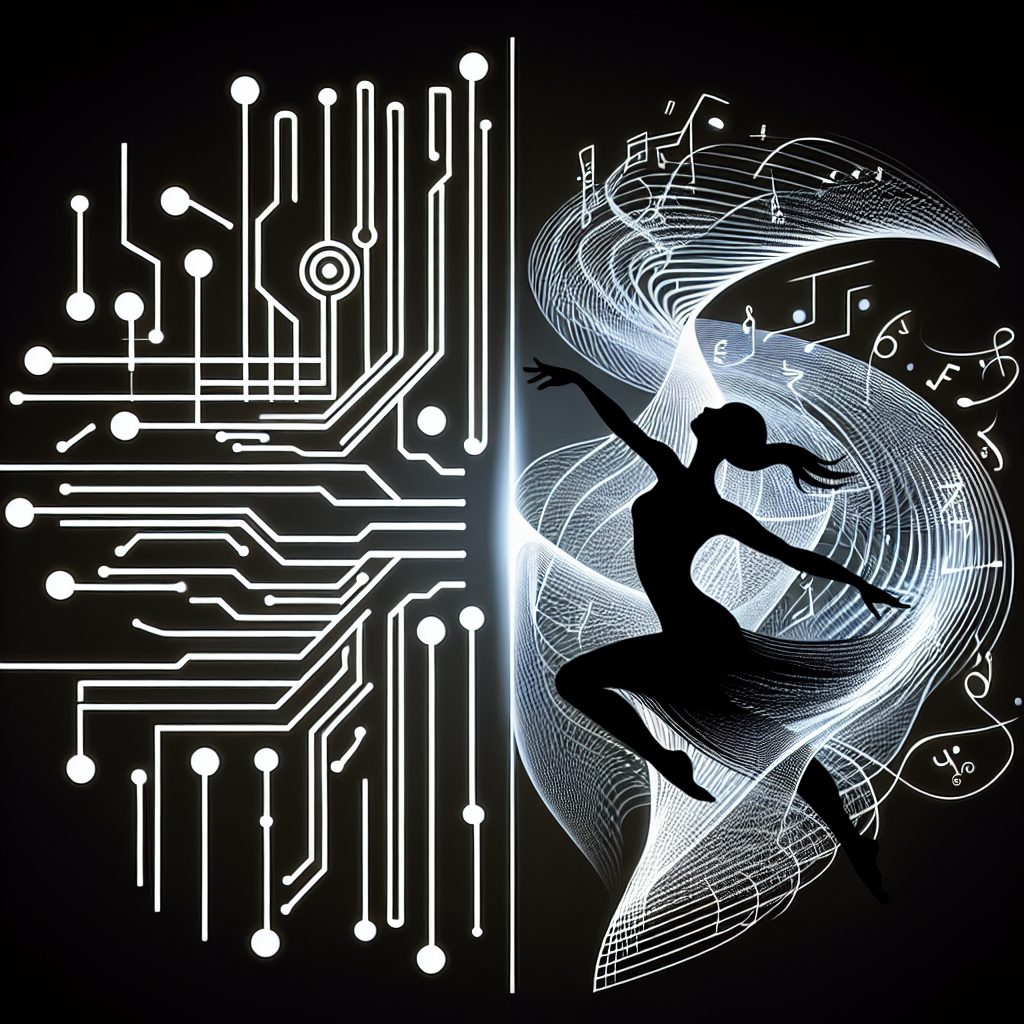AI and Dance: Choreographing Movements with Algorithms
Artificial Intelligence (AI) has revolutionized many industries, from healthcare to finance to transportation. But one area where AI is making a particularly significant impact is in the world of dance. By using algorithms to analyze movement patterns and create choreography, AI is helping dancers and choreographers push the boundaries of what is possible on stage.
AI in Dance: How It Works
AI in dance works by using algorithms to analyze movement data and create choreography. This can involve a variety of techniques, from machine learning to computer vision to natural language processing. For example, a machine learning algorithm might analyze a dancer’s movements and create a choreography based on those movements. Or a computer vision system might analyze video of a dancer and create choreography based on that analysis.
One of the key benefits of using AI in dance is that it can help choreographers create movements that would be impossible for a human to come up with on their own. By analyzing vast amounts of movement data and generating new choreography based on that data, AI can help dancers and choreographers explore new possibilities and push the boundaries of what is possible on stage.
AI can also help dancers and choreographers improve their technique and performance. By analyzing movement patterns and providing feedback, AI systems can help dancers identify areas for improvement and work to refine their movements.
One example of AI in dance is the work being done by the Dance Data Project, a non-profit organization that is using AI to analyze movement data and create choreography. By analyzing video of dancers and generating new movements based on that analysis, the Dance Data Project is helping dancers and choreographers create innovative new works.
Another example is the work being done by the Royal Ballet in London, which is using AI to analyze movement data and create choreography for its dancers. By using AI to generate new movements, the Royal Ballet is able to push the boundaries of what is possible on stage and create performances that are truly unique.
Challenges and Limitations
While AI has the potential to revolutionize the world of dance, there are also challenges and limitations to consider. One of the key challenges is ensuring that the choreography created by AI is safe for dancers to perform. Because AI systems are generating movements based on data analysis, there is a risk that the movements created could be physically demanding or even dangerous for dancers. Choreographers and dancers must be careful to ensure that the movements created by AI are safe and appropriate for performance.
Another challenge is the potential for AI to replace human choreographers and dancers. While AI can certainly help dancers and choreographers create innovative new works, it is important to remember that dance is a deeply human art form. The emotion, expression, and creativity that dancers bring to their performances cannot be replicated by AI. It is essential that AI is used as a tool to enhance, rather than replace, the work of human dancers and choreographers.
FAQs
Q: Can AI create movements that are truly innovative and unique?
A: Yes, AI has the potential to create movements that are truly innovative and unique. By analyzing vast amounts of movement data and generating new choreography based on that data, AI can help dancers and choreographers push the boundaries of what is possible on stage.
Q: Is AI replacing human choreographers and dancers?
A: While AI can certainly help dancers and choreographers create innovative new works, it is important to remember that dance is a deeply human art form. The emotion, expression, and creativity that dancers bring to their performances cannot be replicated by AI. It is essential that AI is used as a tool to enhance, rather than replace, the work of human dancers and choreographers.
Q: How can AI help dancers improve their technique and performance?
A: AI can help dancers improve their technique and performance by analyzing movement patterns and providing feedback. By analyzing movement data and identifying areas for improvement, AI systems can help dancers refine their movements and become better performers.
In conclusion, AI is transforming the world of dance by using algorithms to analyze movement data and create choreography. By pushing the boundaries of what is possible on stage, AI is helping dancers and choreographers create innovative new works and improve their technique and performance. While there are challenges and limitations to consider, the potential for AI in dance is vast. As technology continues to advance, we can expect to see even more exciting developments in the field of AI and dance in the years to come.

